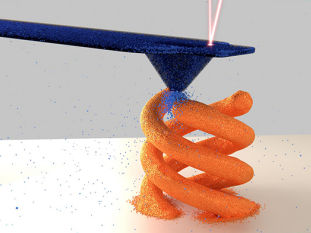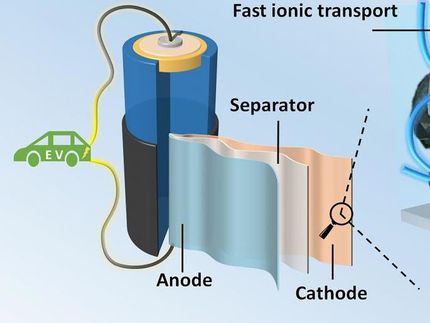Carbon nanotube fibers outperform copper
Tests show bundles beat traditional cables for transmitting electricity
On a pound-per-pound basis, carbon nanotube-based fibers invented at Rice University have greater capacity to carry electrical current than copper cables of the same mass, according to new research.
While individual nanotubes are capable of transmitting nearly 1,000 times more current than copper, the same tubes coalesced into a fiber using other technologies fail long before reaching that capacity.
But a series of tests at Rice showed the wet-spun carbon nanotube fiber still handily beat copper, carrying up to four times as much current as a copper wire of the same mass.
That, said the researchers, makes nanotube-based cables an ideal platform for lightweight power transmission in systems where weight is a significant factor, like aerospace applications.
The analysis led by Rice professors Junichiro Kono and Matteo Pasquali appeared online in the journal Advanced Functional Materials. Just a year ago the journal Science reported that Pasquali's lab, in collaboration with scientists at the Dutch firm Teijin Aramid, created a very strong conductive fiber out of carbon nanotubes.
Present-day transmission cables made of copper or aluminum are heavy because their low tensile strength requires steel-core reinforcement.
Scientists working with nanoscale materials have long thought there's a better way to move electricity from here to there. Certain types of carbon nanotubes can carry far more electricity than copper. The ideal cable would be made of long metallic "armchair" nanotubes that would transmit current over great distances with negligible loss, but such a cable is not feasible because it's not yet possible to manufacture pure armchairs in bulk, Pasquali said.
In the meantime, the Pasquali lab has created a method to spin fiber from a mix of nanotube types that still outperforms copper. The cable developed by Pasquali and Teijin Aramid is strong and flexible even though at 20 microns wide, it's thinner than a human hair.
Pasquali turned to Kono and his colleagues, including lead author Xuan Wang, a postdoctoral researcher at Rice, to quantify the fiber's capabilities.
Pasquali said there has been a disconnect between electrical engineers who study the current carrying capacity of conductors and materials scientists working on carbon nanotubes. "That has generated some confusion in the literature over the right comparisons to make," he said. "Jun and Xuan really got to the bottom of how to do these measurements well and compare apples to apples."
The researchers analyzed the fiber's "current carrying capacity" (CCC), or ampacity, with a custom rig that allowed them to test it alongside metal cables of the same diameter. The cables were tested while they were suspended in the open air, in a vacuum and in nitrogen or argon environments.
Electric cables heat up because of resistance. When the current load exceeds the cable's safe capacity, they get too hot and break. The researchers found nanotube fibers exposed to nitrogen performed best, followed by argon and open air, all of which were able to cool through convection. The same nanotube fibers in a vacuum could only cool by radiation and had the lowest CCC.
"The outcome is that these fibers have the highest CCC ever reported for any carbon-based fibers," Kono said. "Copper still has better resistivity by an order of magnitude, but we have the advantage that carbon fiber is light. So if you divide the CCC by the mass, we win."
Kono plans to further investigate and explore the fiber's multifunctional aspects, including flexible optoelectronic device applications.
Pasquali suggested the thread-like fibers are light enough to deliver power to aerial vehicles. "Suppose you want to power an unmanned aerial vehicle from the ground," he mused. "You could make it like a kite, with power supplied by our fibers.I wish Ben Franklin were here to see that!"
Most read news
Other news from the department science

Get the chemical industry in your inbox
By submitting this form you agree that LUMITOS AG will send you the newsletter(s) selected above by email. Your data will not be passed on to third parties. Your data will be stored and processed in accordance with our data protection regulations. LUMITOS may contact you by email for the purpose of advertising or market and opinion surveys. You can revoke your consent at any time without giving reasons to LUMITOS AG, Ernst-Augustin-Str. 2, 12489 Berlin, Germany or by e-mail at revoke@lumitos.com with effect for the future. In addition, each email contains a link to unsubscribe from the corresponding newsletter.
Most read news
More news from our other portals
Last viewed contents
AGREEMENT TO BUY AUSIMONT IS MAJOR THRUST IN SOLVAY'S STRATEGY TO BOOST HIGH-VALUE SPECIALTIES
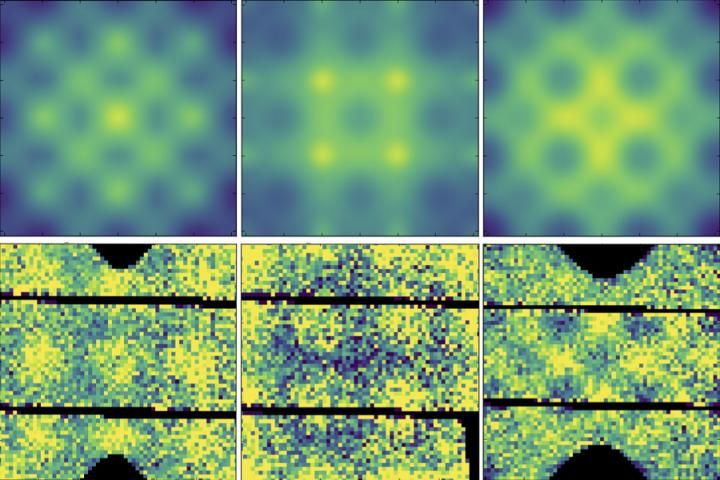
Breaking bad metals with neutrons

Analytica and ceramitec 2024 in parallel - Added value for exhibitors and visitors
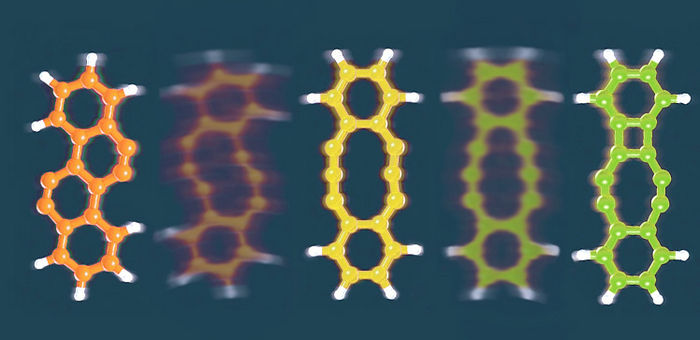
Tip tricks control reactions in a single molecule - Pulses from an atom-sharp tip enable researchers to break and form chemical bonds at will
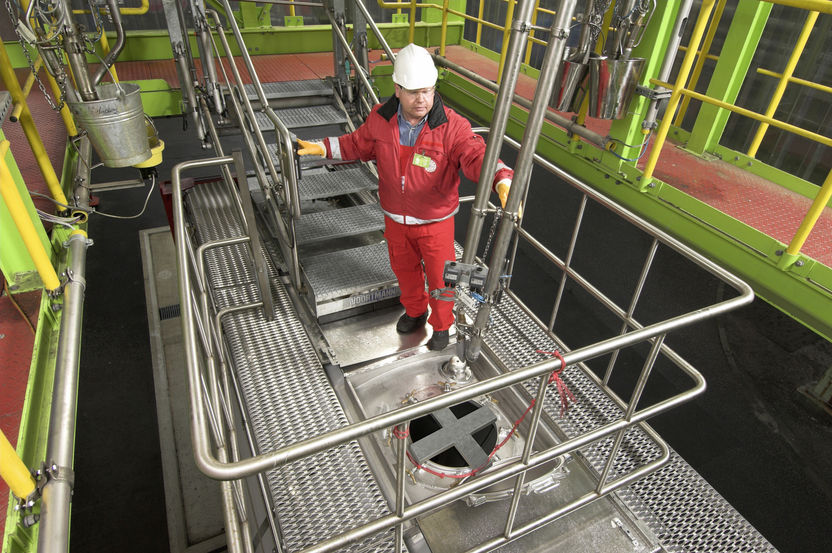
Advances in the logistics of liquid goods - Self-loading of road tankers by the driver

A different spin on superconductivity - Unusual particle interactions open up new possibilities in exotic materials
With carbon nanotubes, a path to flexible, low-cost sensors - Potential applications range from air-quality monitors to electronic skin
ISO toughens toy safety for hazard-free and fun play
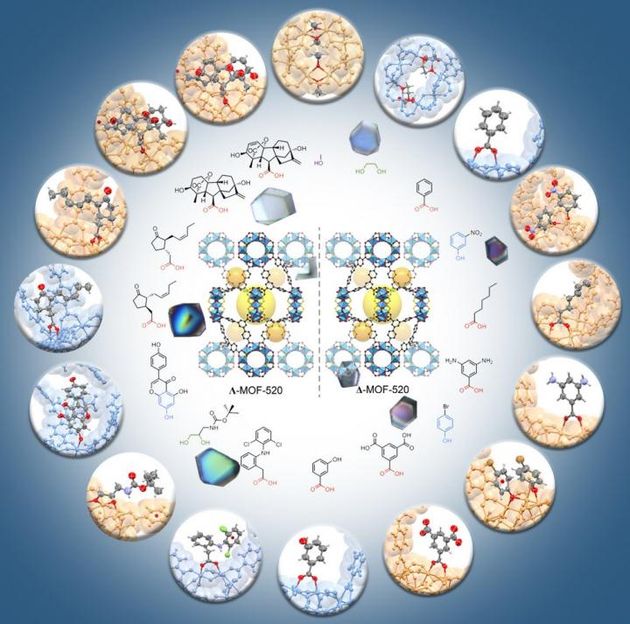
A new way to display the 3-D structure of molecules
